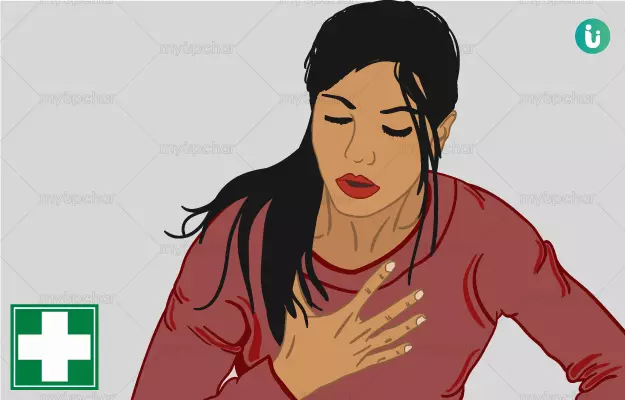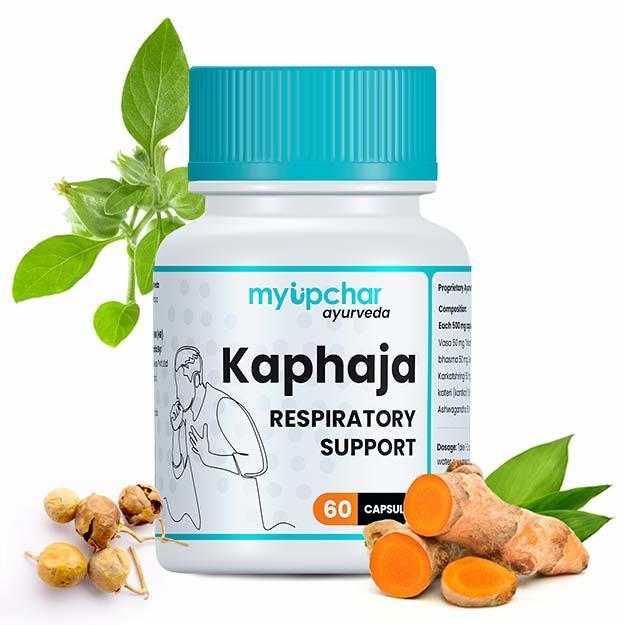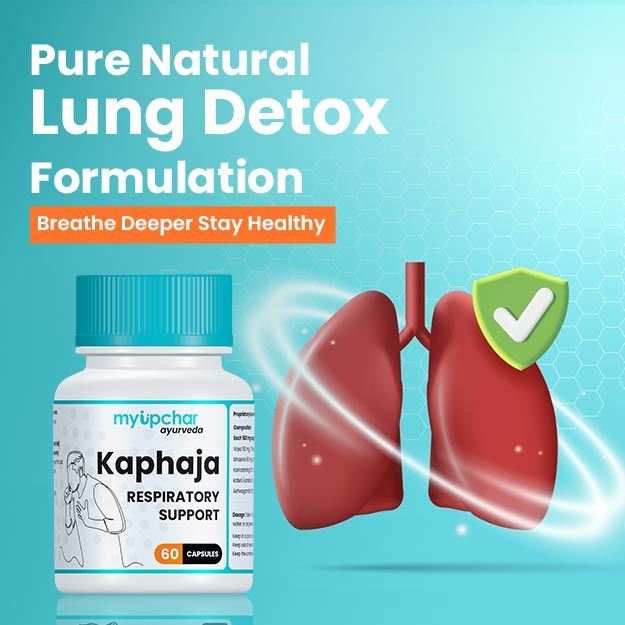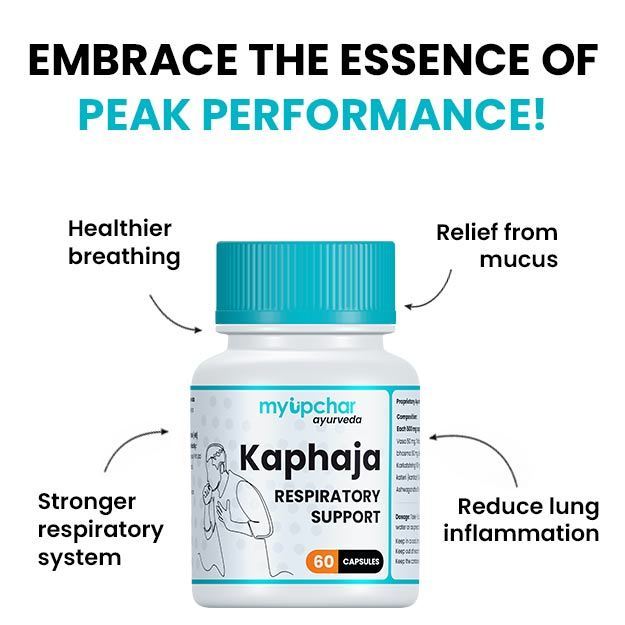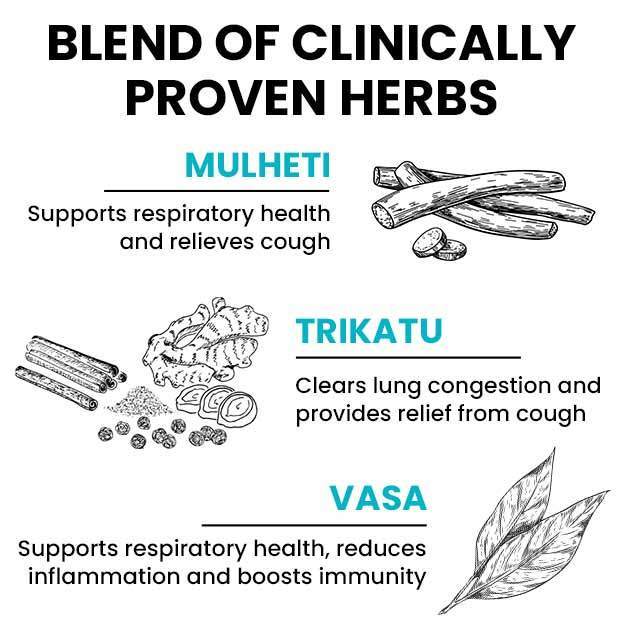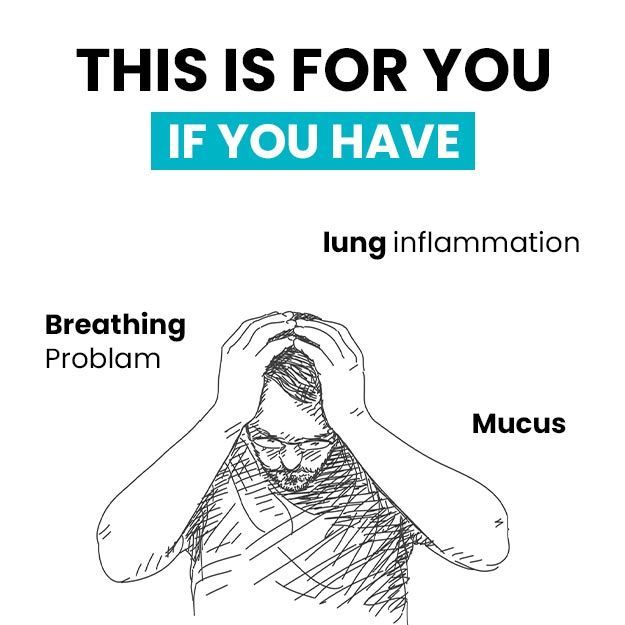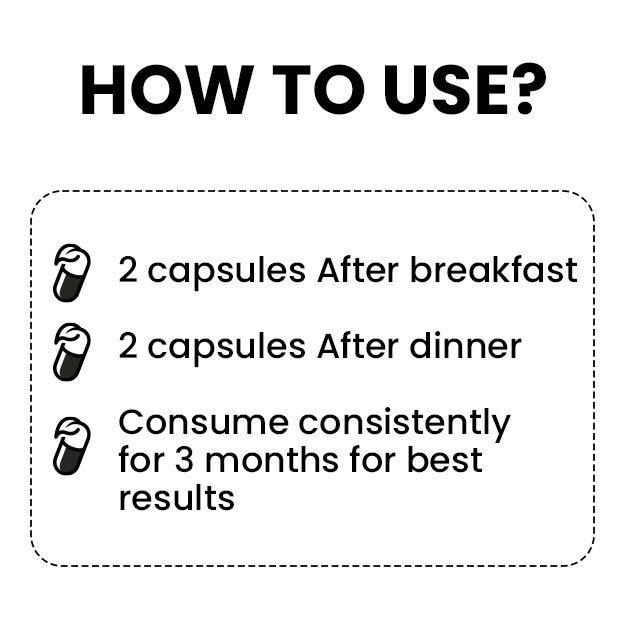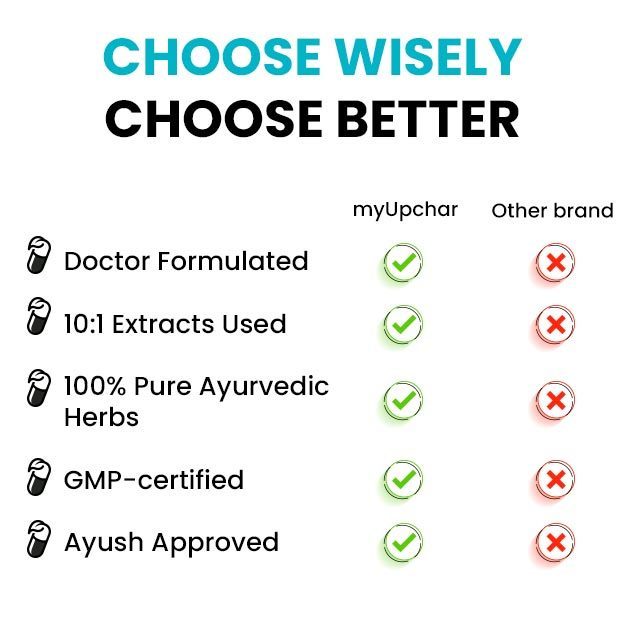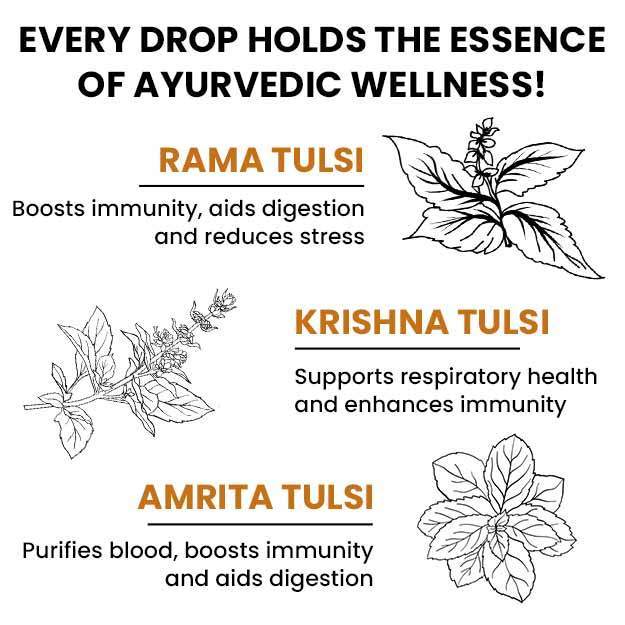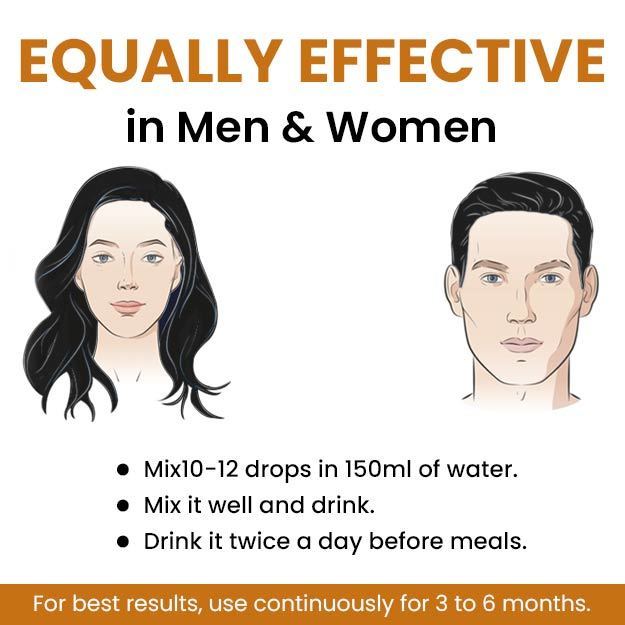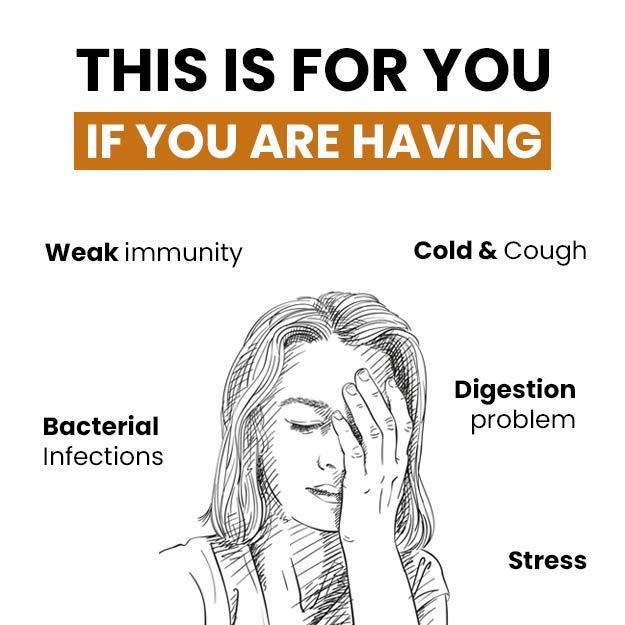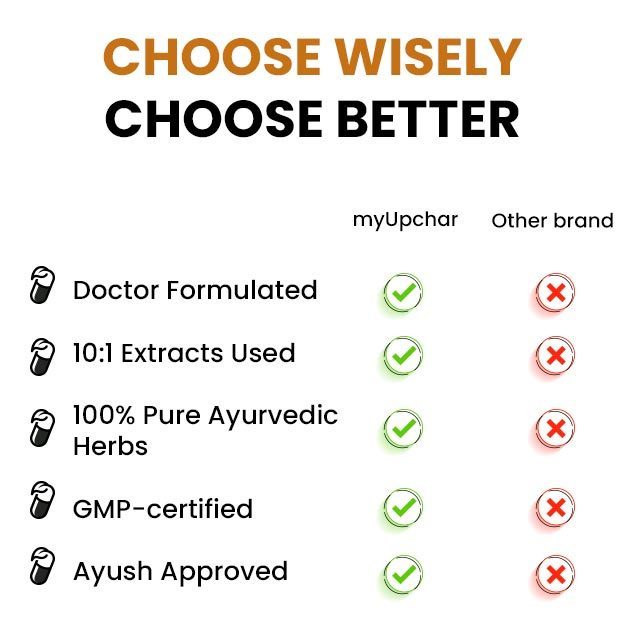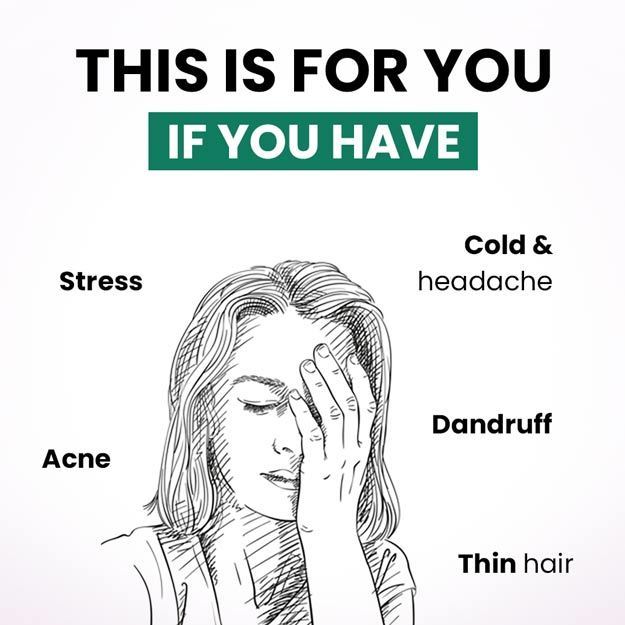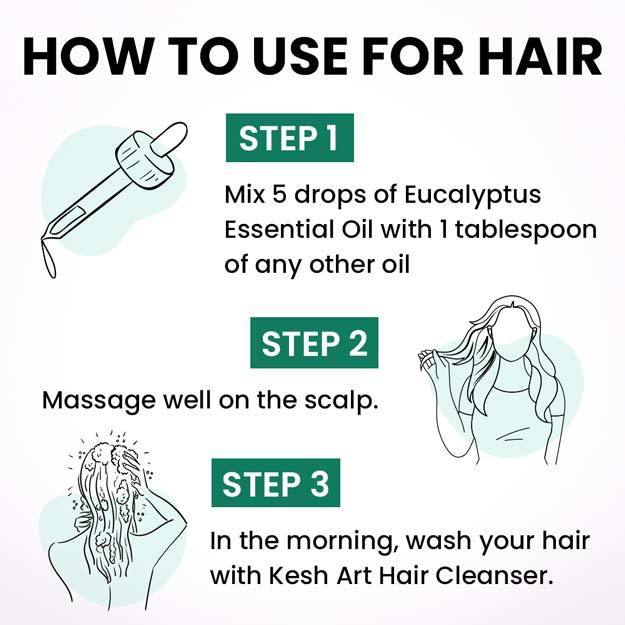What does difficulty breathing feel like? It feels like you aren’t breathing enough air and not breathing quickly enough. It may be harder to inhale and exhale and you may feel as if you have just run up a very long flight of stairs or done an intense workout.
But while breathlessness after exercise goes away after resting, dyspnea (the medical term for shortness of breath) almost always requires medical attention and should be considered an emergency unless triggered by known allergies, or a known condition such as asthma. (If you or someone around you has an asthma attack, a puff from an inhaler or similar medication should ease symptoms.)
If breathlessness occurs suddenly and the person feels disoriented, don’t waste any time in calling the ambulance or going to the hospital.
There is some first aid that you can provide to someone if they feel breathless and are waiting for professional help. Remember that the key objective is to calm the person down and try to get them to breathe slowly and deeply, focusing more on exhalation.
Here are some of the symptoms that may accompany difficulty breathing, some of the many causes as well as first aid tips to make breathing easier.

